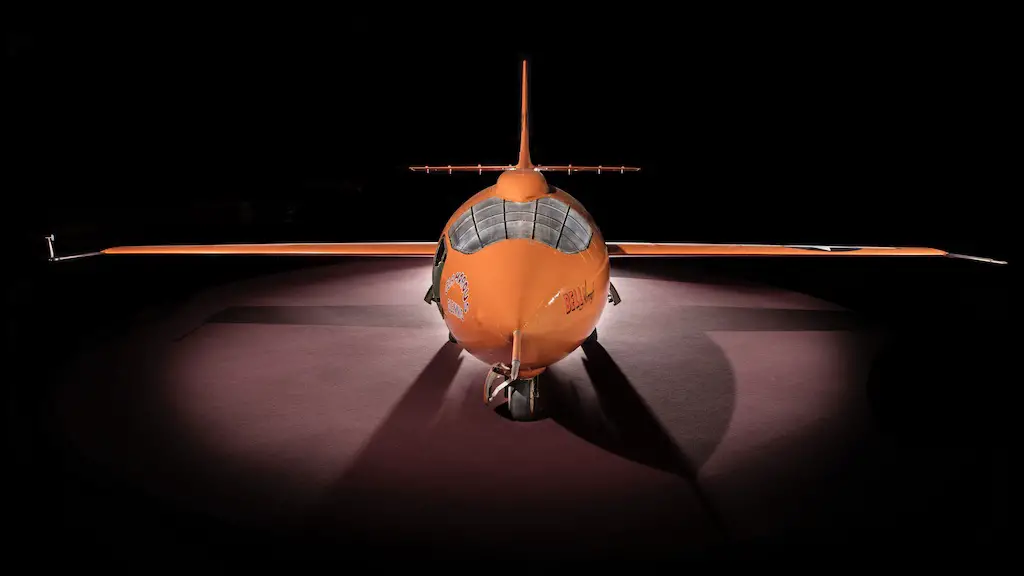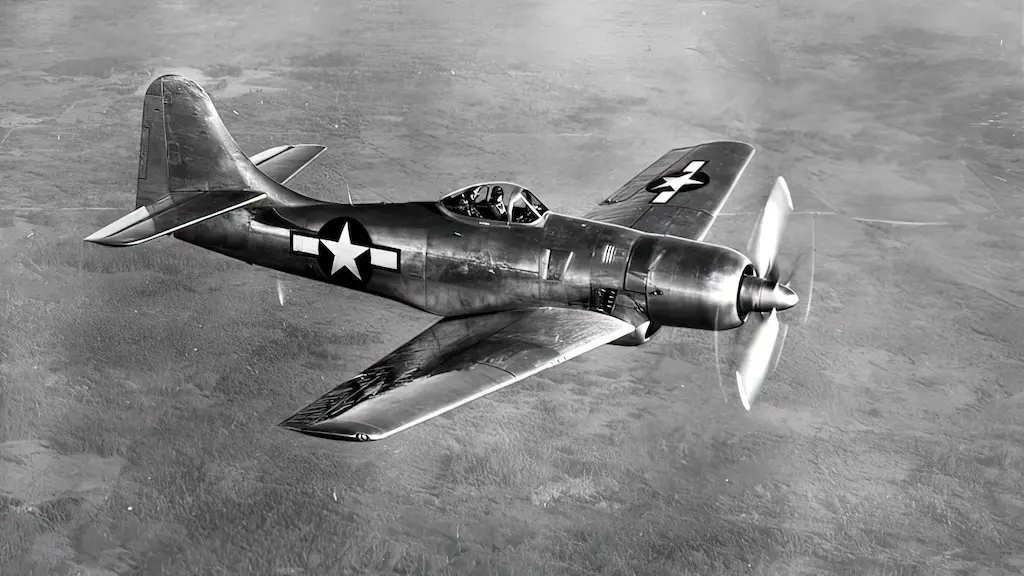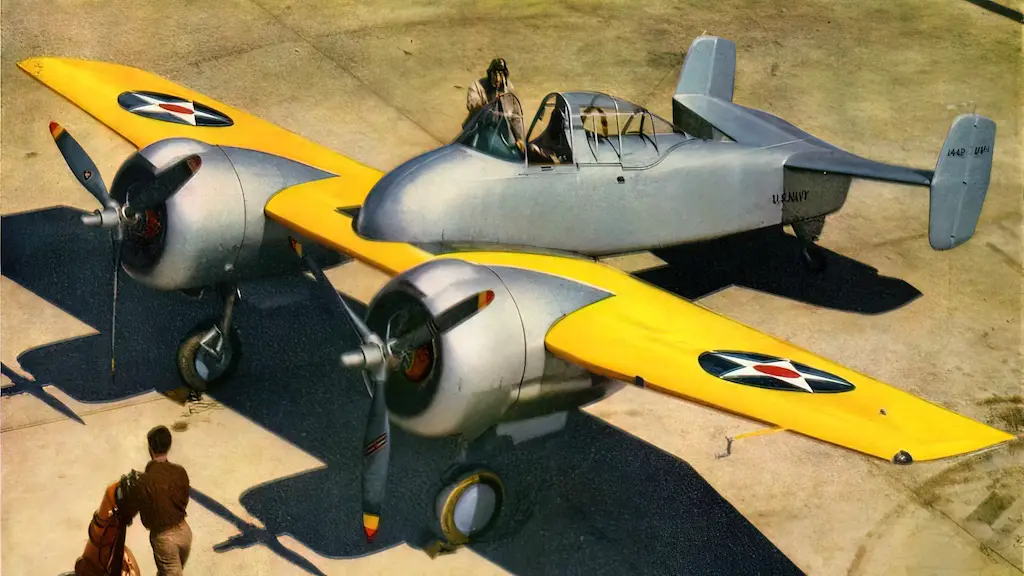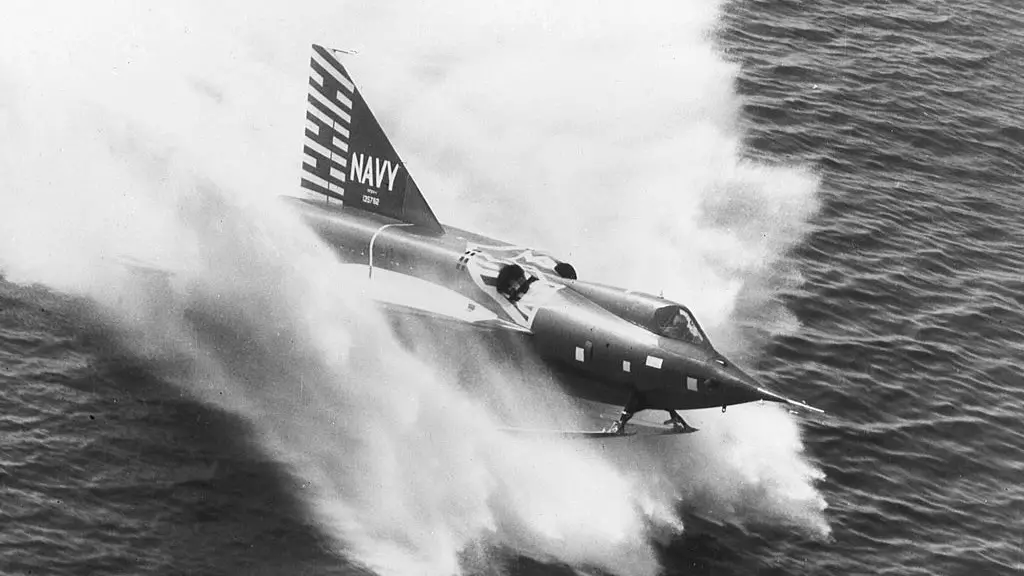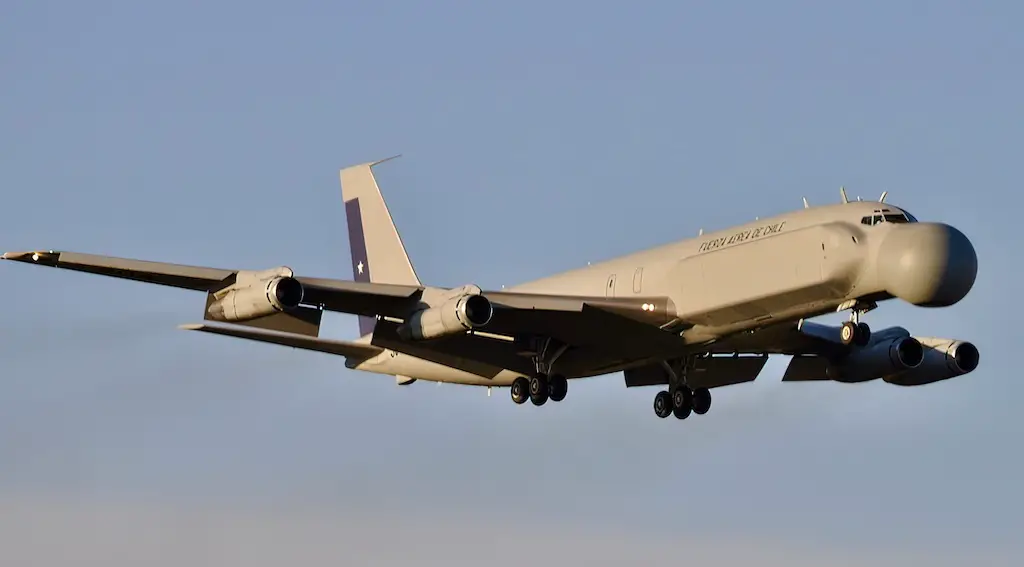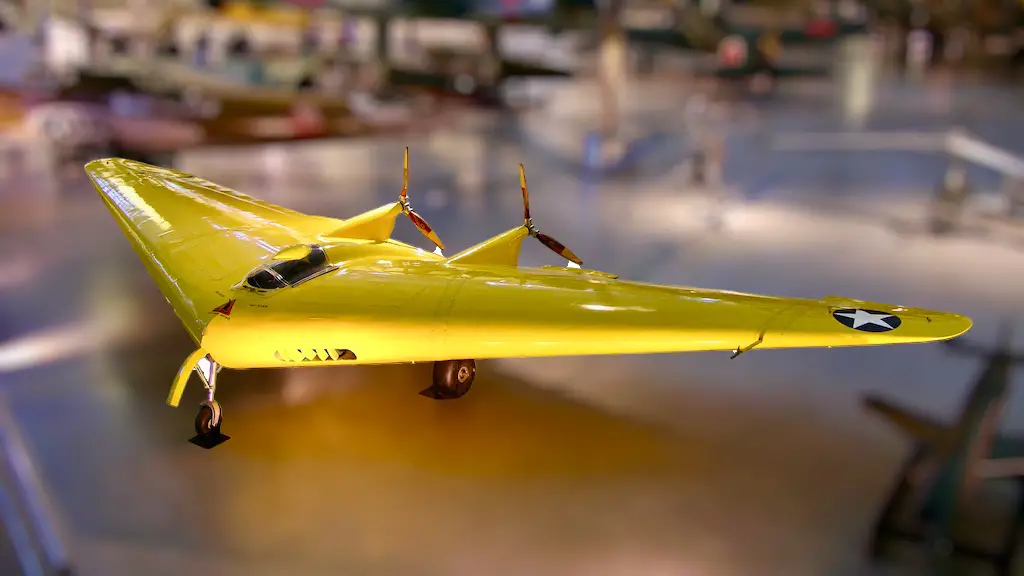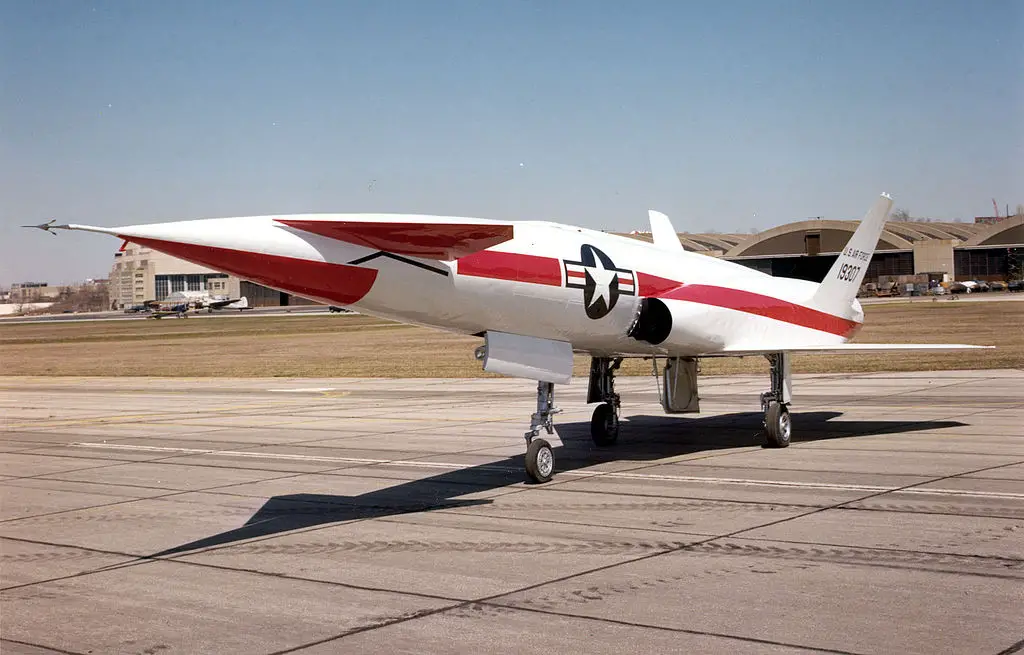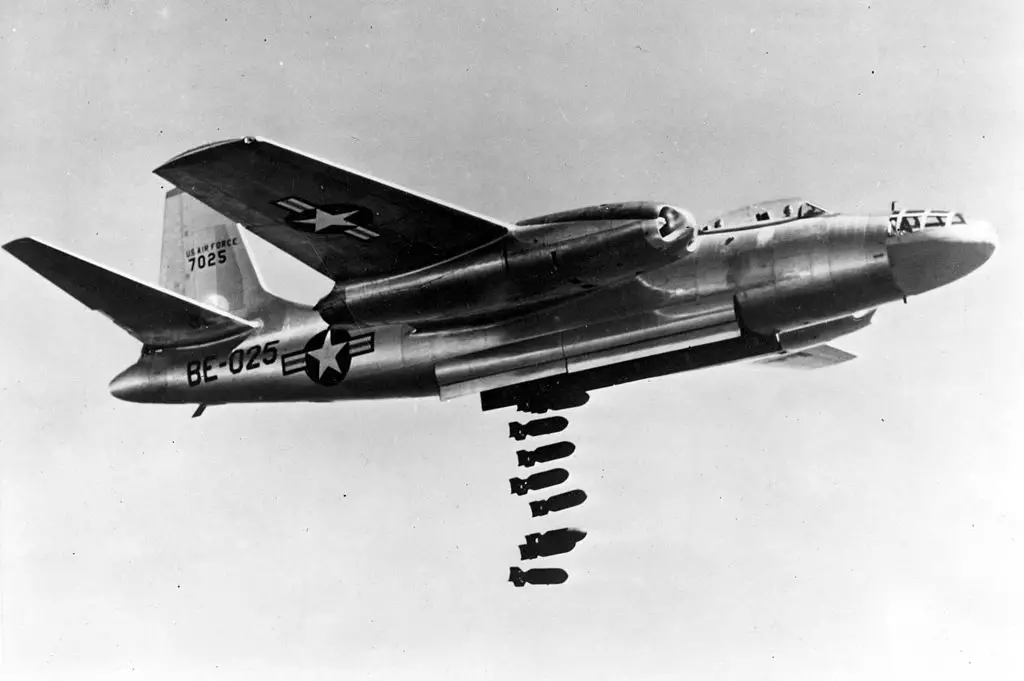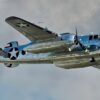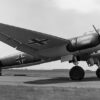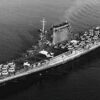In the 1940s the North American X-10 (originally designated RTV-A-5) was an unmanned technology demonstrator developed by North American Aviation. In total 13 were constructed taking its first flight in 1953 using a subscale reusable design that included many of the design features of the SM-64 Navaho missile. At the time of development, the North American X-10 was the fastest turbojet-powered aircraft ever flown.
The X-10 was similar to the development of the Bell X-9 Shrike project, which was based on features of the GAM-63 RASCAL. It was a technology demonstration prototype created to examine the viability of flying with nuclear energy. Although the X-10 was never really powered by a nuclear reactor, it helped to advance nuclear aviation technologies in the future. The project was a component of the wider Airplane Nuclear Propulsion (ANP) effort, designed to create an aircraft powered by nuclear energy.
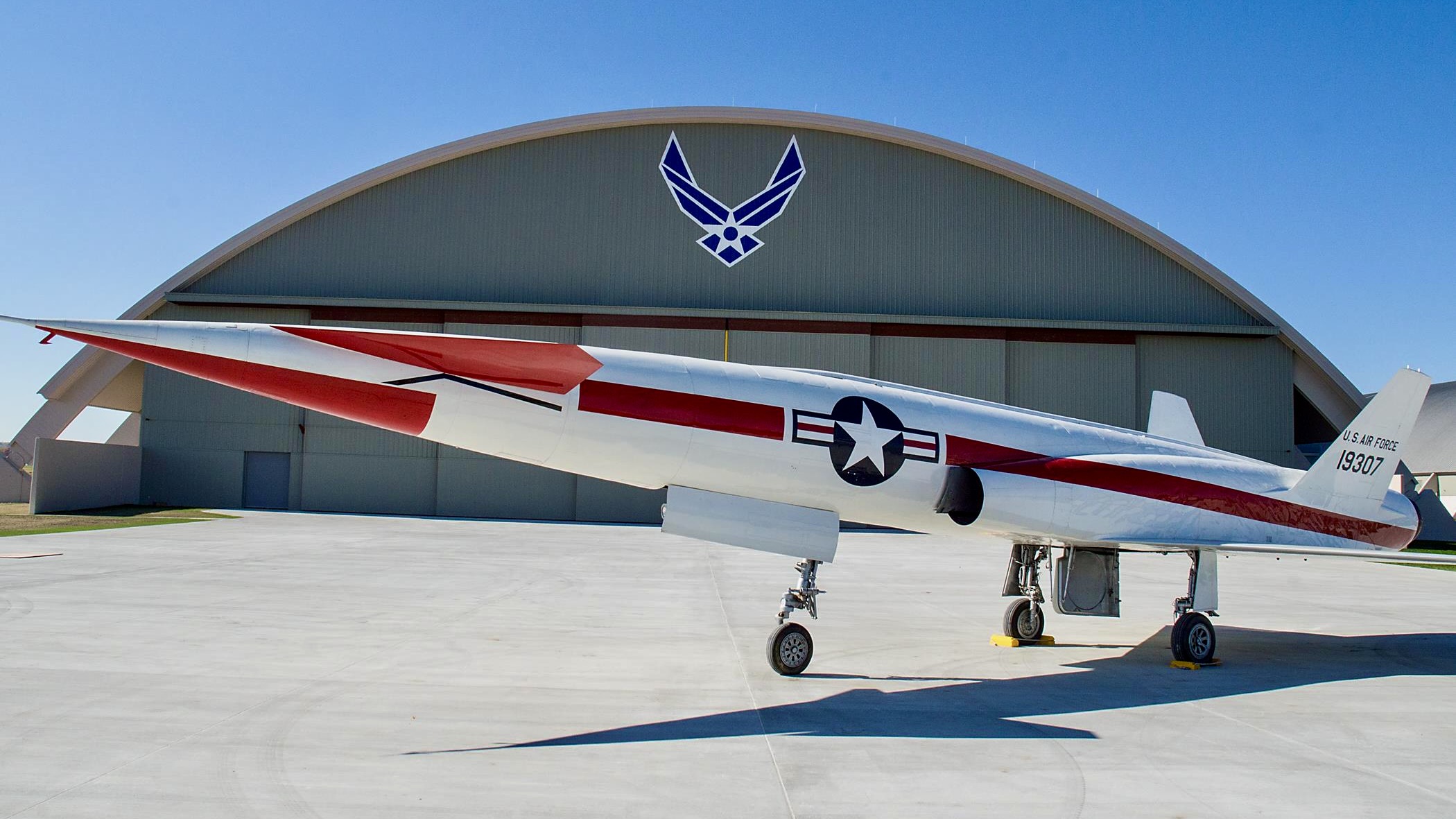
Development and challenges
Based on North American Aviations B-45 Tornado bomber, the X-10 was developed. A nuclear reactor mockup was installed on the aircraft, and a series of flight tests were conducted to evaluate its handling and performance. Despite the potential of nuclear-powered flight, the X-10 encountered several practical and technological difficulties that rendered the idea impractical at the time.
Powered by two Westinghouse J40 turbojet engines with afterburners, it was equipped with landing gear for conventional take-off and landing. The combination of a delta wing with an all-moving canard gave it extremely good aerodynamics in the transonic and supersonic environments. It also made the vehicle unstable requiring active computer flight control in the form of an autopilot.
Nuclear reactor
Protecting the crew and passengers from the nuclear reactor’s high radiation levels was one of the X-10’s toughest concerns. It was unclear how to tackle this challenge realistically and efficiently because it was difficult and complex. Another significant obstacle the X-10 had to overcome was the weight of the nuclear reactor. The airplane was too hefty to be of any use since the reactor was so heavy. The aircraft’s performance suffered as a result, making flying challenging.
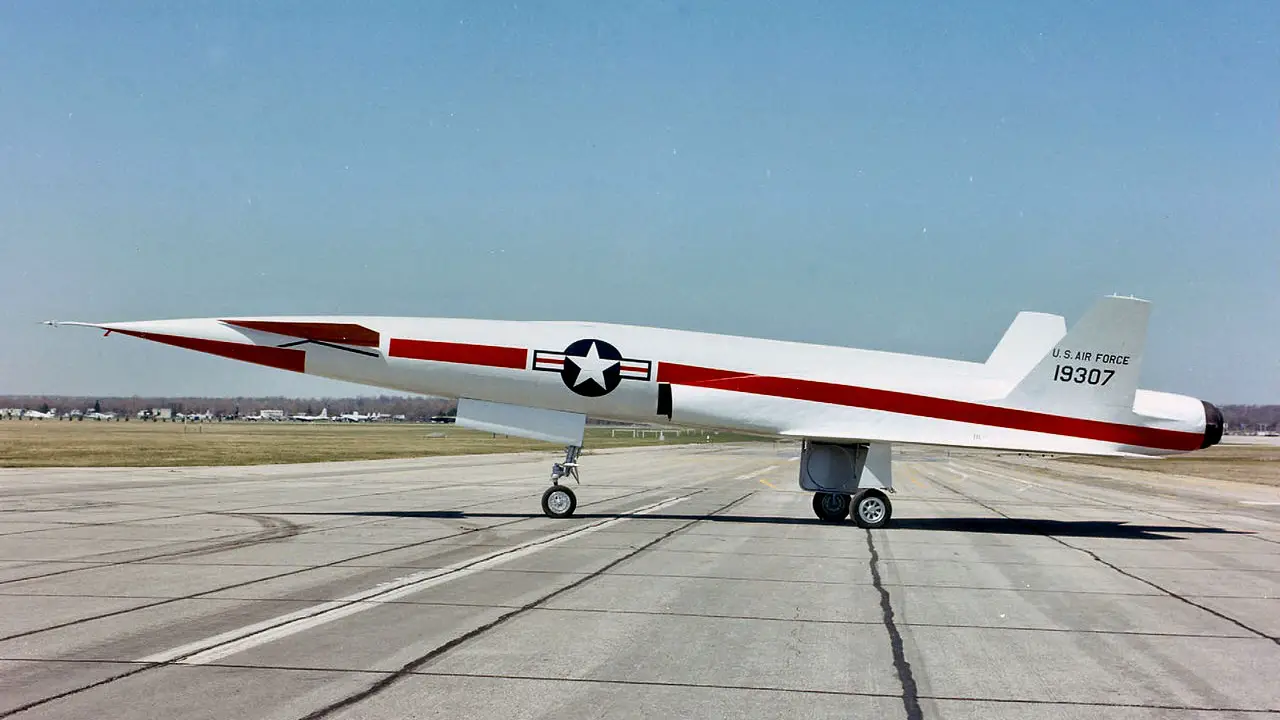
The X-10’s nuclear reactor could not provide enough power for the aircraft to fly. This was because the technology was still in its infancy, and the reactors’ design and construction had restrictions that decreased their output. In addition, the X-10 also experienced various technical issues, including issues with the reactor design, the shielding, and the aircraft’s overall performance. As a result, the program’s success was constrained by these issues, which made it challenging to accomplish its objectives.

Testing and cancelation
The X-10 was piloted during the testing and equipped with a dummy nuclear reactor. It was flown at various speeds and altitudes to evaluate the plane’s performance and handling qualities. The experiments were also used to assess the radiation levels in the vicinity of the aircraft and establish how much shielding would be necessary to safeguard the crew and passengers.
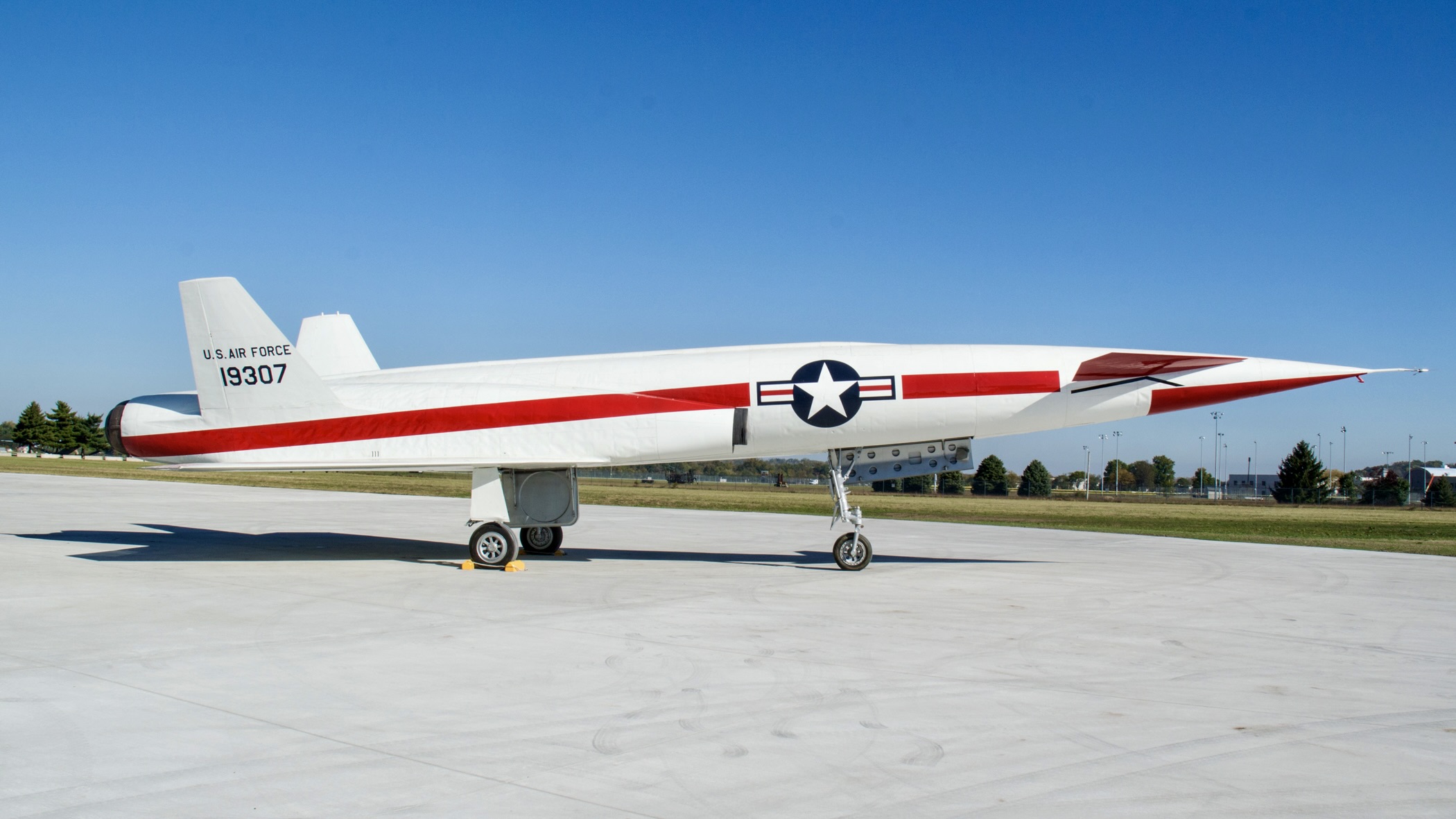
Program terminated
These difficulties ultimately proved to be too large to solve, and the program was scrapped. Although no nuclear-powered aircraft were ever produced, the X-10 remains a significant figure in aviation history and a testimony to the aspirations and ideas of the time. Nevertheless, the program advanced knowledge of nuclear reactors and their integration into aircraft, and it continues to be a significant turning point in the development of both aviation and nuclear technology.


